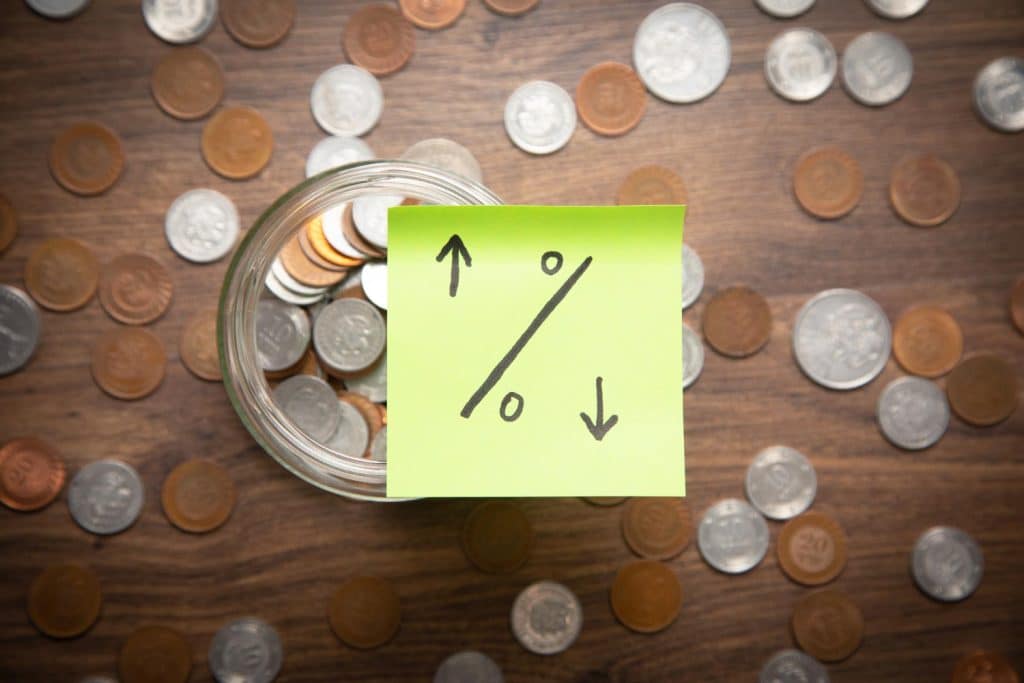Savings rate: How to maximize your savings and secure your financial future

Anúncios
Your personal savings rate is one of the most important indicators of your financial health.
It determines how much of your income you set aside for future needs, whether it’s for an emergency fund, retirement, or long-term investments.
But how do you calculate it? What factors influence it? And most importantly, how can you improve it?
In this guide, we’ll go over everything you need to know about the savings rate — from its definition to actionable strategies for increasing it.
By the end, you’ll have a clear roadmap to boost your financial security and build lasting wealth.
What is the savings rate?
The savings rate refers to the percentage of your disposable income that you save rather than spend.
It is a crucial financial metric used both at the individual level and as an economic indicator for a country’s financial health.
A higher savings rate means you are prioritizing future financial security, while a lower savings rate may indicate excessive spending or insufficient income.
Tracking this rate helps both individuals and policymakers understand spending habits and economic trends.
How to calculate your personal savings rate
Calculating your savings rate is simple.
Formula: Savings Rate(%) = (Disposable Income / Total Savings) × 100
Where: Total Savings includes money deposited in savings accounts, retirement funds (e.g., 401(k), IRA), and investments.
- Disposable Income is your income after taxes, meaning the money you take home after federal and state deductions.
For example, if you save $5,000 per year and your disposable income is $50,000, your savings rate is (50000 / 5000) × 100 = 10%.
Understanding this percentage helps you evaluate if you are saving enough to reach your financial goals.

What is considered a good savings rate?
There is no single “perfect” savings rate, but financial experts generally recommend:
- 10-15% of income for general savings
- 15-20% if you are planning for early retirement or major financial goals
- 20-30% for aggressive savings and wealth building
A good rule of thumb is the 50/30/20 budgeting rule, where:
- 50% goes to needs (housing, food, transportation)
- 30% covers discretionary expenses (entertainment, dining out)
- 20% is saved for future needs
If you are saving less than 10%, it’s time to reassess your spending habits and make adjustments.
Watch video for more insights.
Factors that influence your savings rate
Many elements impact how much you can save. Let’s explore the main factors that affect your personal savings rate.
Interest Rates
Higher interest rates on savings accounts and investments encourage people to save more, as they earn better returns.
On the other hand, lower rates may discourage saving, leading individuals to seek alternative investments or spend more.
Economic Conditions and GDP
During periods of economic growth, people feel more financially secure and tend to save less while spending more.
In contrast, during recessions or uncertain times, savings rates generally increase as individuals prioritize financial security.
Institutional Influence
Both formal financial institutions (banks, investment companies) and informal systems (family support, community savings groups) affect savings habits.
Countries with strong banking systems tend to have higher savings rates due to access to financial tools and incentives.
Income Levels and Wealth Distribution
Wealthier individuals tend to save a larger portion of their income, while lower-income families often allocate most of their earnings to essential expenses.
Government policies, such as tax incentives for saving, can also impact savings rates.
Consumer Confidence and Spending Habits
When people are confident about their financial future, they tend to spend more and save less.
However, during economic uncertainty, people typically cut back on spending and increase savings.
Why it’s important to know your savings rate
Understanding and improving your savings rate provides numerous financial benefits:
- Better Financial Security – A higher savings rate ensures you have funds for emergencies, retirement, and other long-term needs.
- Debt Reduction – By saving more, you reduce reliance on credit cards and loans.
- Greater Financial Freedom – A solid savings habit allows more investment opportunities and wealth accumulation.
- Peace of Mind – Knowing you have a financial cushion can reduce stress and anxiety about the future.
Without monitoring your savings rate, you risk overspending and missing out on opportunities to build wealth.

How to improve your savings rate
If your personal savings rate is lower than ideal, don’t worry! There are several strategies you can implement today to start saving more effectively.
Prioritize Saving Before Spending
Instead of saving what’s left at the end of the month, make saving a fixed expense in your budget. Treat it like rent or utilities to ensure consistency.
Automate Your Savings
Setting up automatic transfers to a savings or investment account eliminates the temptation to spend extra income.
Many banks allow you to schedule automatic deposits into savings accounts, making it easier to stay disciplined.
Reduce Unnecessary Expenses
Review your monthly spending and identify areas where you can cut back. Small changes, such as cooking at home instead of dining out or canceling unused subscriptions, can make a significant difference over time.
Increase Your Income
Consider boosting your income:
- Take on freelance or side jobs
- Ask for a raise at work
- Invest in skills that lead to higher-paying job opportunities
Even a small increase in earnings can lead to a higher savings rate if you allocate the extra income wisely.
Your savings rate is a critical financial metric that determines your ability to achieve long-term financial security.
By understanding how to calculate it, recognizing the factors that influence it, and applying strategies to improve it, you can take control of your financial future.
Start today: monitor your savings rate, make adjustments when necessary, and commit to long-term financial growth.
Want to learn more about smart financial habits? Explore more articles on our website for tips on savings strategies, investing, and wealth building!
Looking for a suggestion? Also, check out our content explaining how fixed cashback credit cards work.





